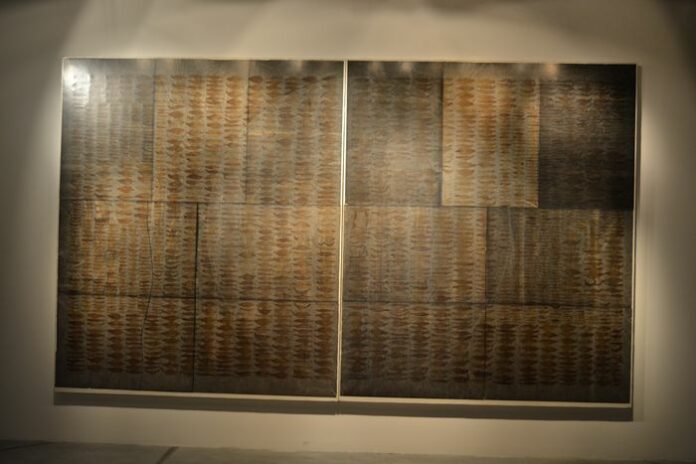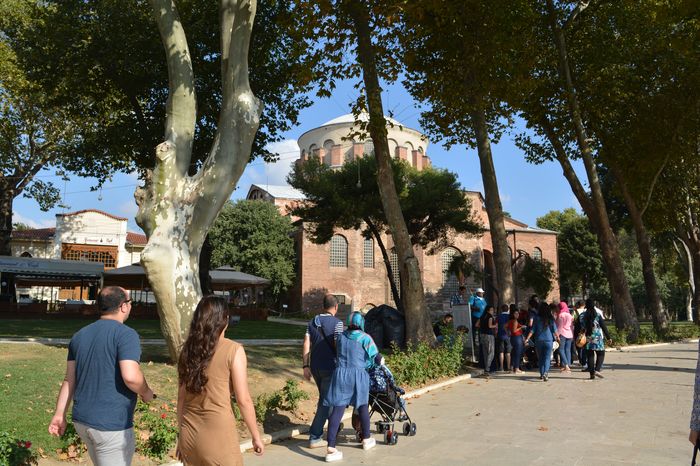Edessa (Also Known as Ur?): A City with a Long History
Edessa is an ancient city located in Mesopotamia, about 78 miles southwest of Diyarbakir (in modern-day Turkey). Over the centuries, it has been connected to many legends and important historical events.
Was Edessa the Original “Ur of the Chaldees”?
Some old legends say that Nimrod, a powerful figure from the Bible, or a woman named Khabiba, who lived during the time of Abraham, founded the city Gozan A Place and a River in the Bible.
Ancient Jewish writings called the Targums, as well as Christian scholars like Jerome and Ephrem Syrus, believed Edessa was the same place as Erech, mentioned in Genesis 10:10.
Another tradition, both Jewish and Arabic, claims that Edessa might be Ur of the Chaldees—the place where Abraham lived before moving to Canaan (Genesis 11:28).
Greek Influence and Roman Rule
When Persia was conquered by the Greeks, Edessa became more important. The Greek ruler Seleucus helped expand and develop the city Private Tours Balkan.
Later, during the time of the Roman Emperor Trajan, Edessa came under Roman control and became a military colony in 216 A.D. It was then called Colonia Marcia Edessenorum.
A Center for Early Christianity
Christianity came to Edessa very early, and the city quickly became important to the Christian Church. At one time, it was said to have over 300 monasteries within its walls.
Decline Under Islamic Rule
When Islam spread, Edessa was taken by the Arab caliphs. Over time, Christianity declined, and wars and invasions weakened the city’s wealth and power. By the year 1040, Edessa was taken over by the Seljuk Turks.
Edessa and the Crusaders
The Byzantine Empire managed to take Edessa back, but their local governor became independent. This made it easier for Baldwin, the brother of Godfrey of Bouillon, to capture the city in 1097 during the Crusades.
He made it the capital of a Latin Christian state and an important defense post for the Kingdom of Jerusalem.
The Fall to Zengi
In 1144, the Muslim leader Zengi, ruler of Mosul, captured Edessa. All the Christian churches were turned into mosques. This marked the end of Christian rule in the city.
Edessa’s Later Years
After that, Edessa changed hands many times. It was ruled by the Egyptians, Byzantines, Mongols, Turkomans, Persians, and finally the Turks, who still control the city today.
Edessa’s Modern Population
Today, the city has a population estimated between 25,000 and 50,000 people. Around 2,000 of them are Armenian Christians. In the past, the Jacobite Christian group had about 150 homes and a church in the city.







